Motor story
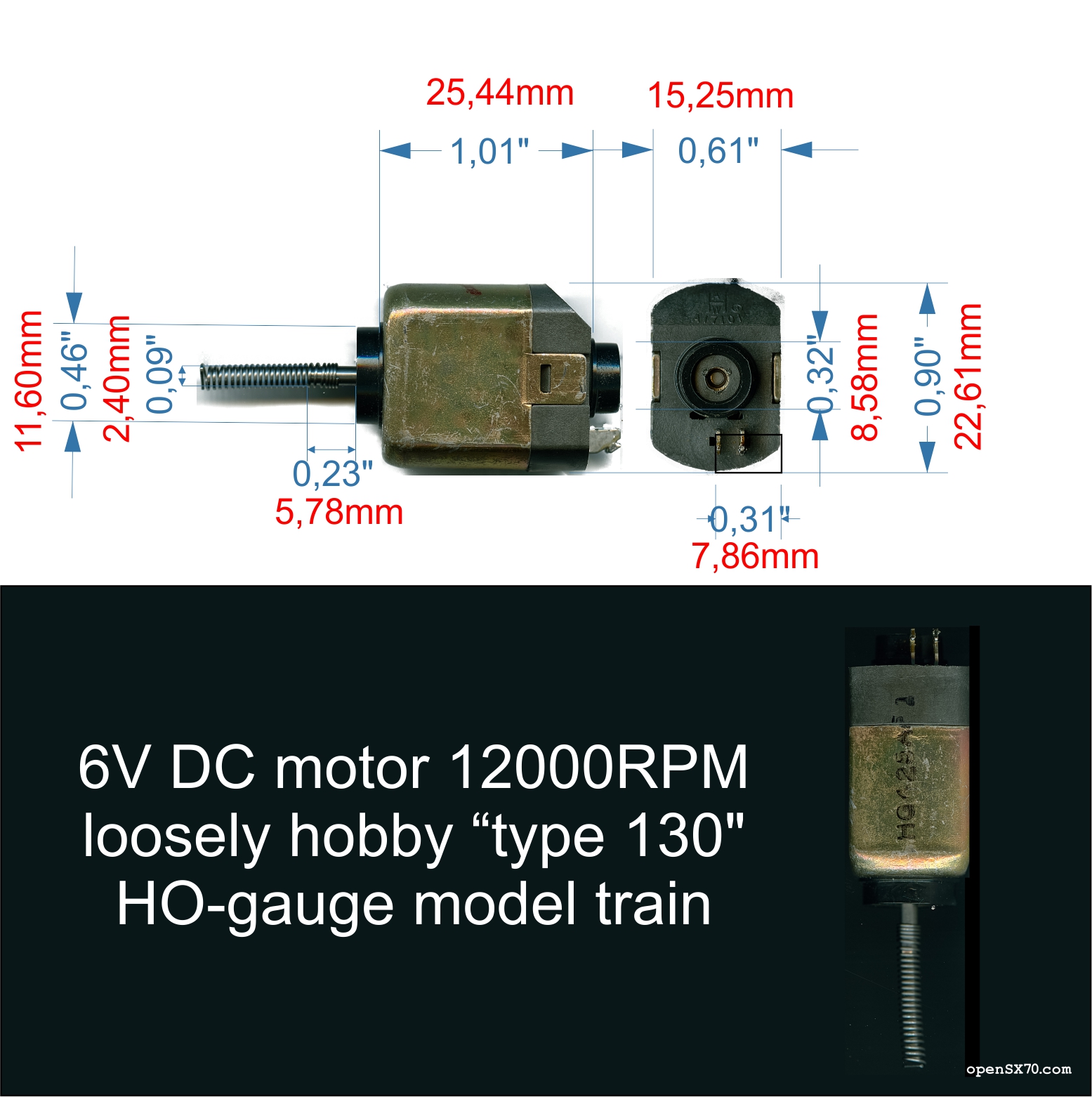
You probably read or heard the story (this is from Behind the lens of the SX-70 Gerald Lapidus IEEE Spectrum December 1973. page 78.):
“The motor was specially designed to meet requirements for rapid acceleration, low power consumption, and small size. And Polaroid has HO-gauge, electric train motors to thank for meeting these specifications. Slot-car motors were also tried, but they were unsatisfactory. Since then, motor efficiency has been raised above 50 percent at normal operating speed (a high value for this type of motor), and reliability has been raised to thousands of operations.”
This is probably true, and I find fascinating the fact that slot-car (Scalextric in Spain) motors were “unsatisfactory” and they used HO-gauge trains motors. (I still have the HO trains my father bought for me. I love them. They are all in a box waiting for me to build that amazing track with mountains, tunnels, stations and people that is only on my mind. They are mostly Fleischmann. In that era, trains were either Fleischmann and similar or Märklin that had a dotted connection on the tracks. N-gauge and smaller sizes didn’t exist back then).
One more disgression, if you searched for something like polaroid sx-70 motor it autocompletes to polaroid sx-70 motor keeps running. I am not taking about this. There is plenty of videos and info about that.
Anyway, I want to talk about the motor and me trying to find a modern replacement for it. You probably have heard one of those SX70 that sound like they are agonizing, begging for a motor replacement (I really didn’t need it, but I guess that is the way I am).
So I started to look for a replacement. Doing all sorts of weird searches on Google, (and finding very interesting but useless articles and also image searches… You know, on the surface it looks like just a regular hobby motor, a type 130 motor. So I bought one right away and no, it is not really compatible.
Keep in mind that the motor comprises, the actual motor with its odd contact placement. The plastic bushing on the front and the back and the coupler drive spring.
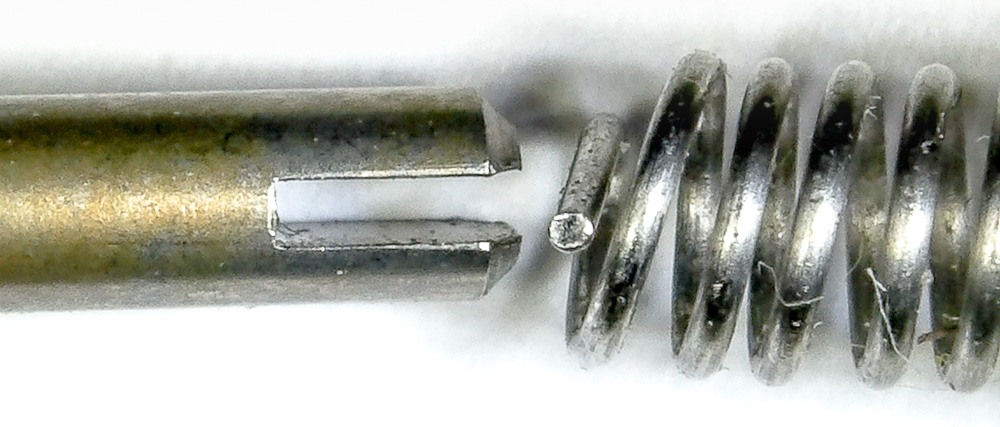 The motor pinion shaft and the drive spring on the microscope.
The motor pinion shaft and the drive spring on the microscope.
In early cameras there was a plastic coupler, that be seen in this graphic from the repair manual: (spoiler: this has to be removed to fix the “motor keeps running” error).
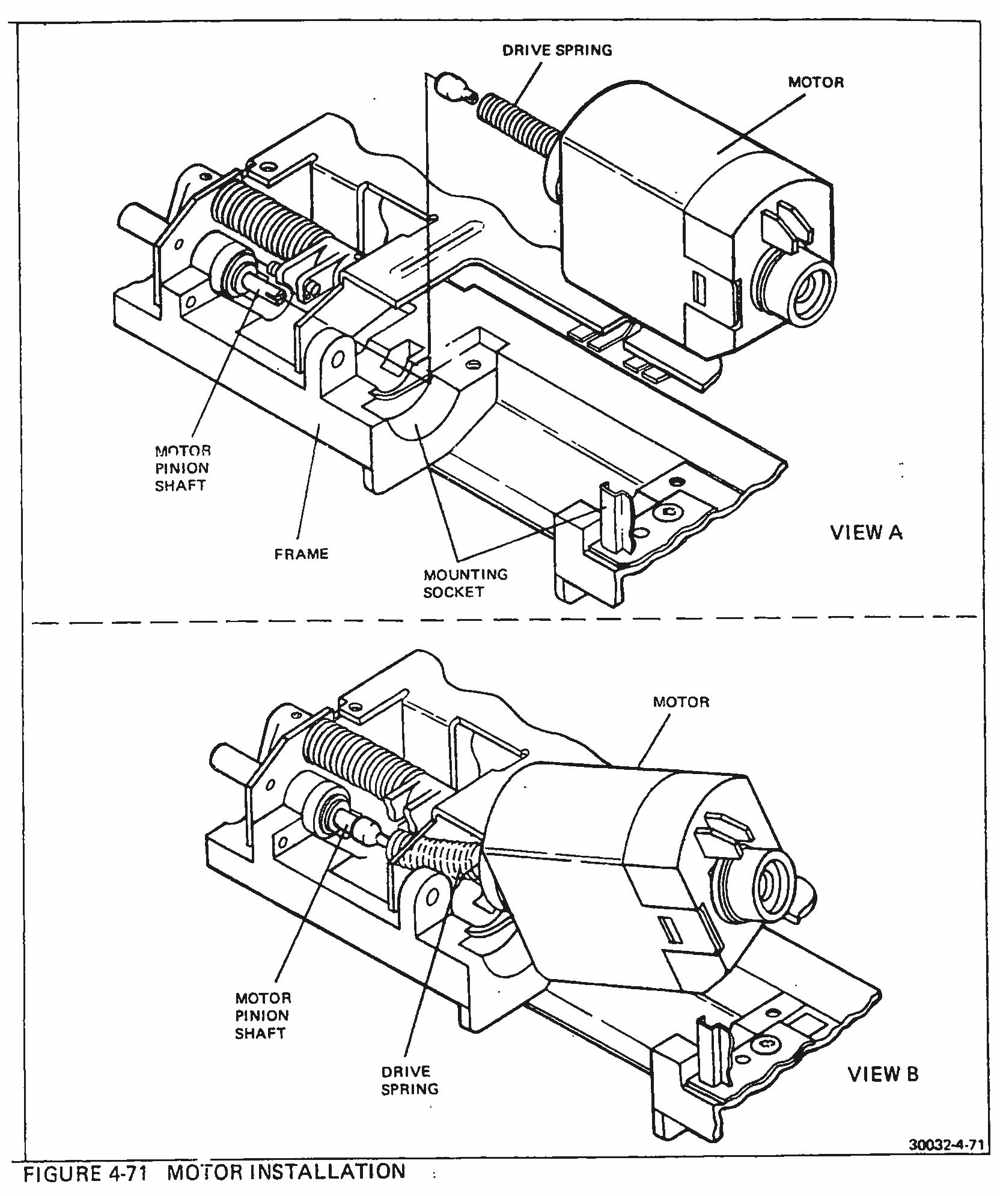
It turns out that the motor is not quite type 130. Finally (with a little help from my friends) I found modern replacements but unfortunately are old-new stock and hard to find.
You can see the original in different versions (golden) and the new (chrome) at the bottom:
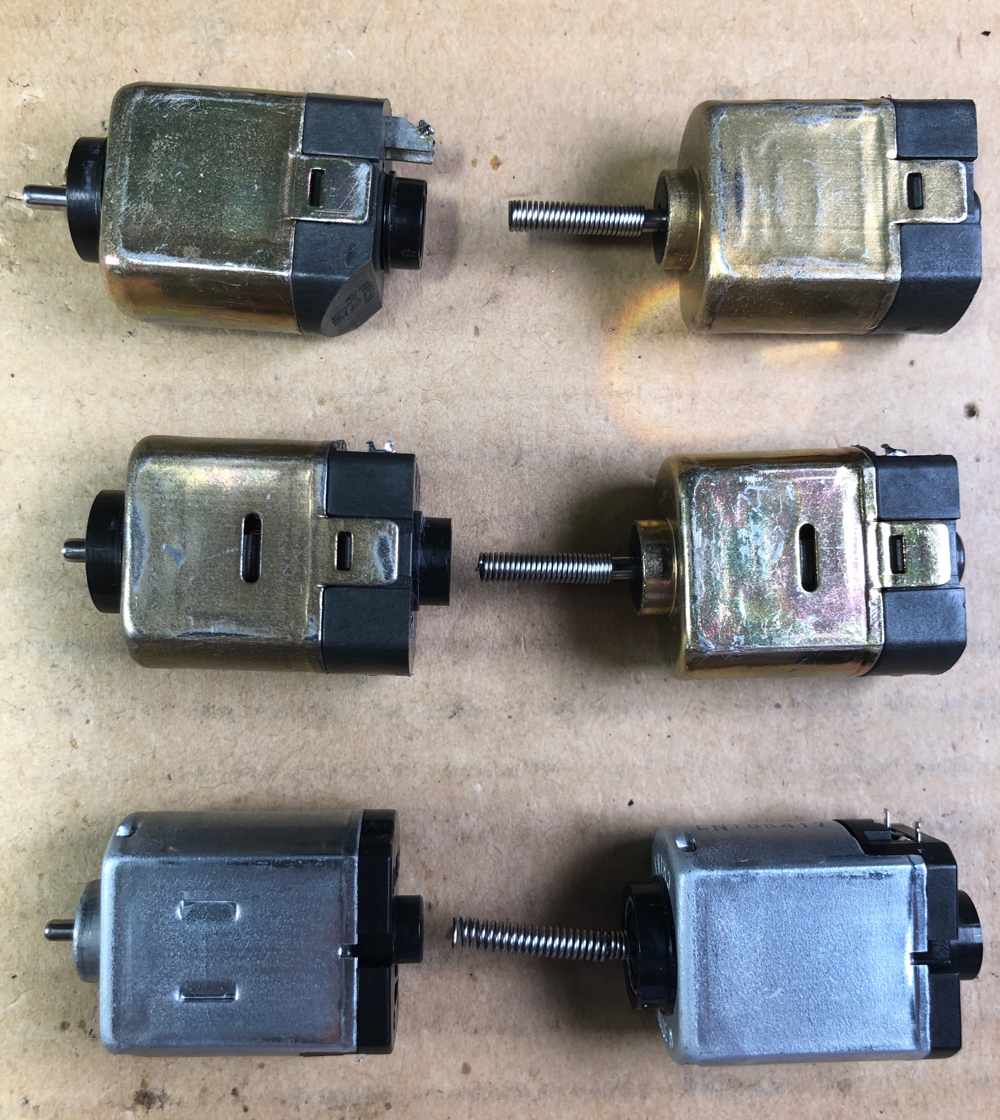
The new motor is basically the equivalent to the original, in perfomance and such. It has the same polarity of the contacts, but these are placed slightly different.
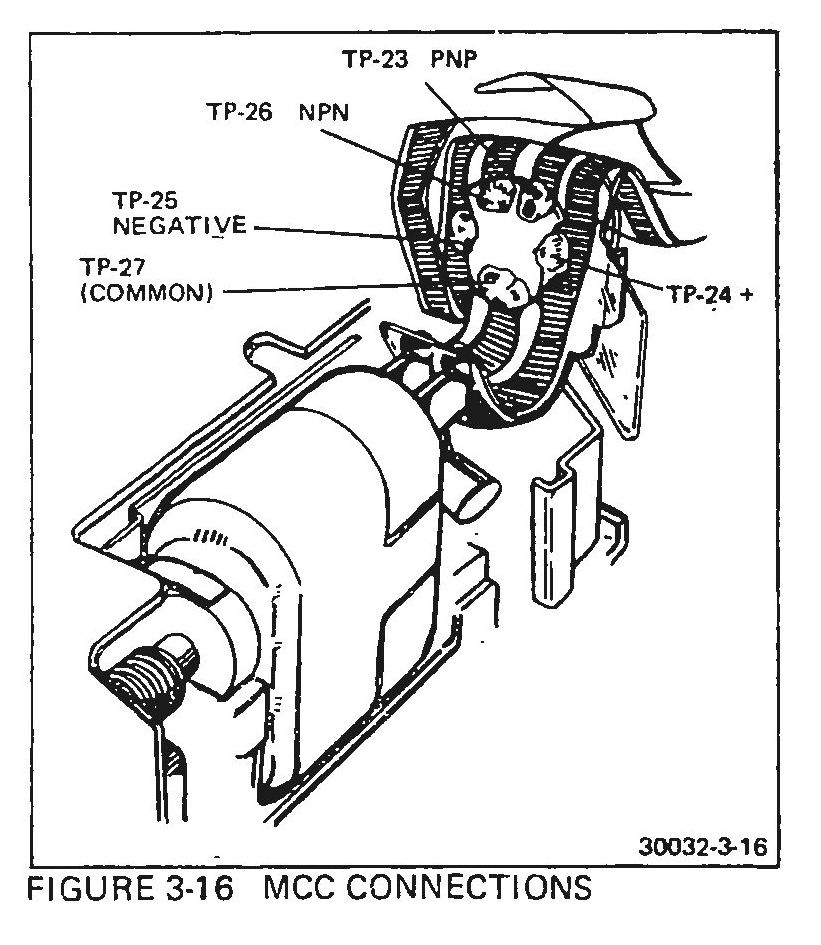
You have to use the bushings (those are removable) from the original (or I guess you could 3D print new ones or make a silicon mold to copy them, I want to try that).
And the diameter of the shaft is a bit smaller than the original, so you need to crimp the spring to put it.
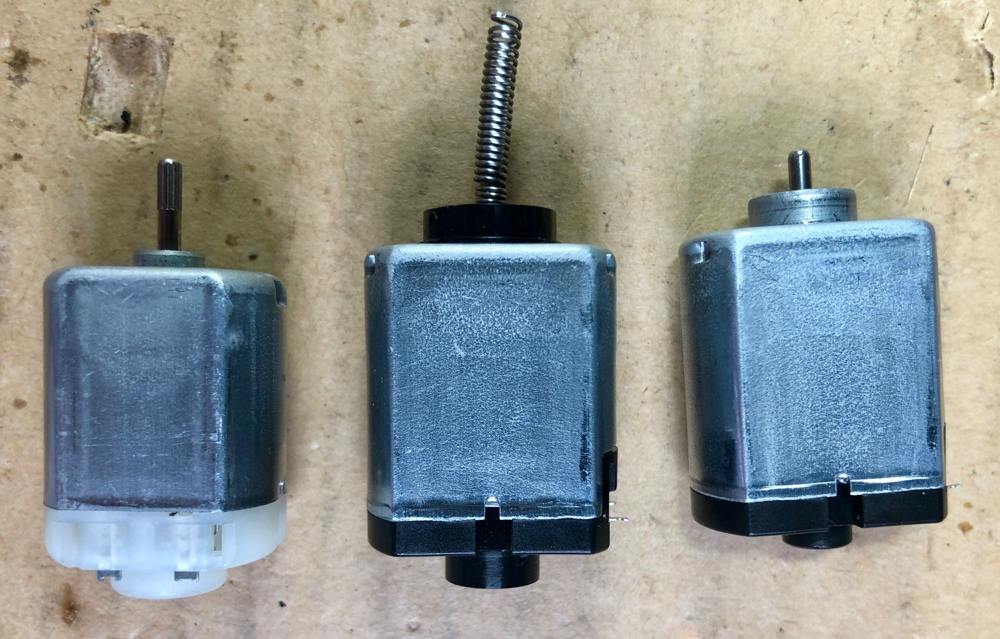
Here you can see a type 130 on the left and the my new SX70-compatible motors on the center and right. In the center I have inserted the spring and bushings.
This is my SX70 motor treasure box!
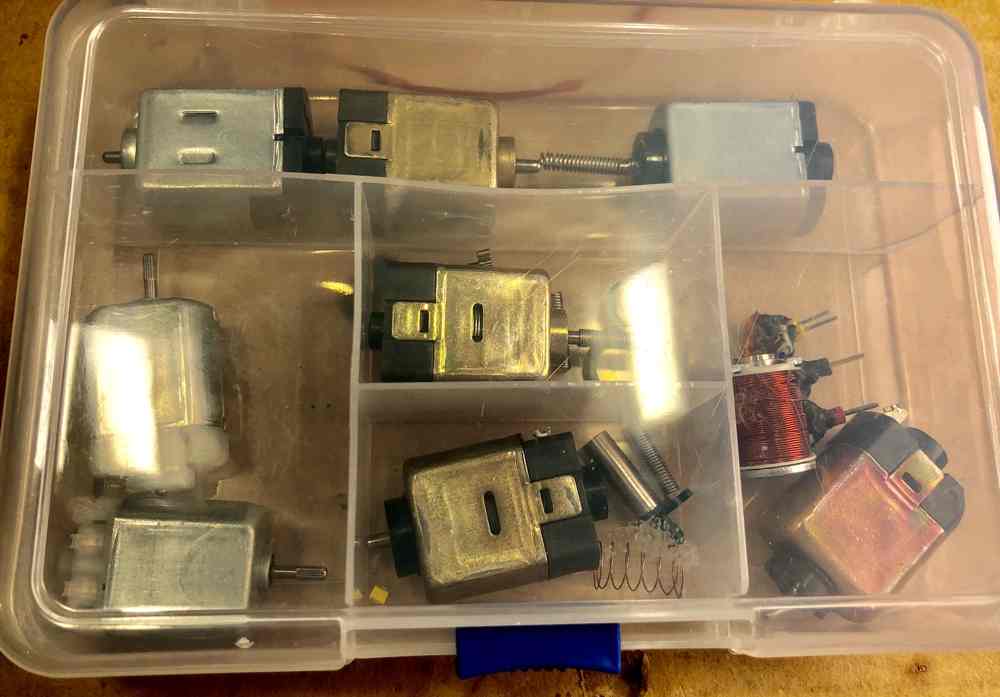
So finally here is the original and the new one ready to bring back from the dead a camera!
Detail of the drive spring
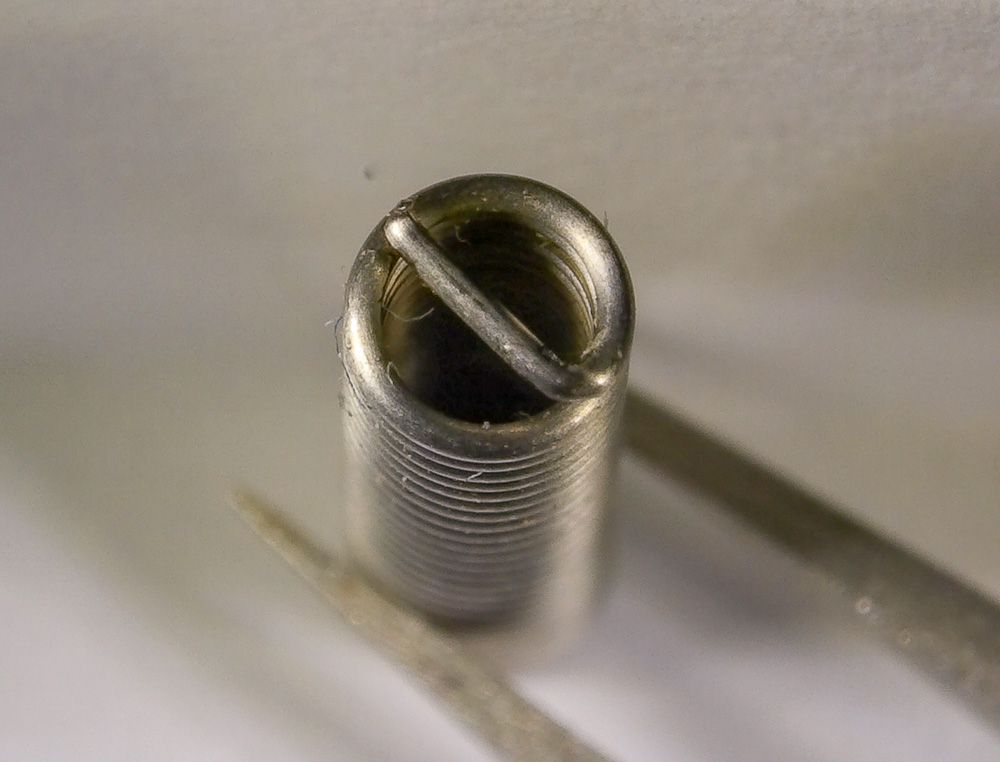
The different width of the shaft original be .2mm wider.
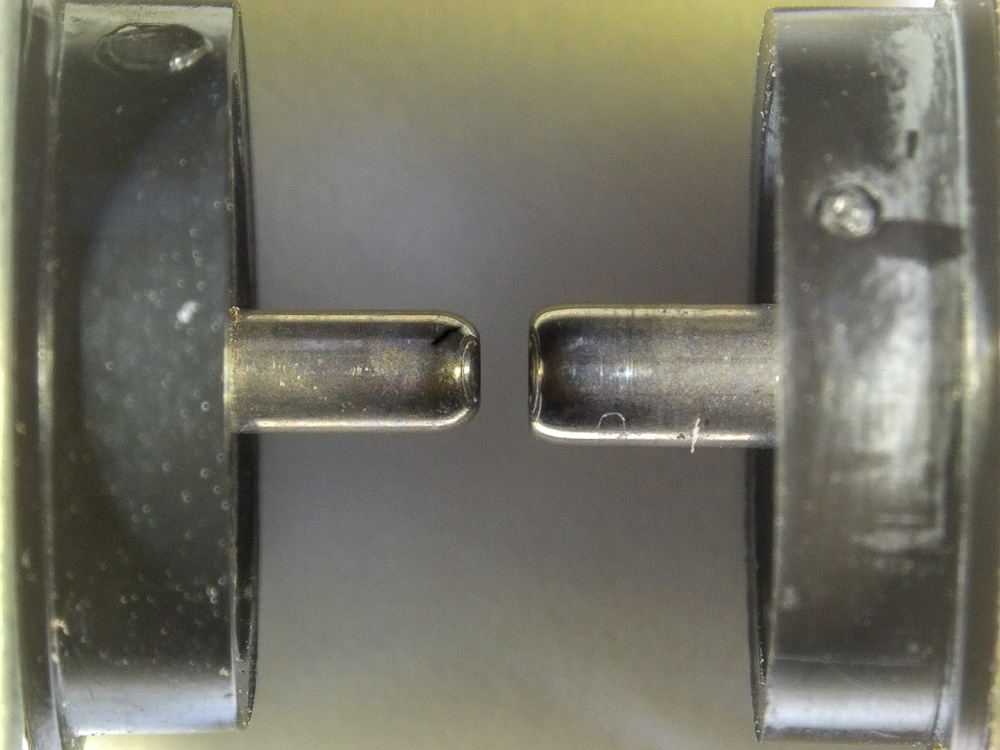
Detail on the microscope of the drive spring, the shaft and the bushing on an original motor.
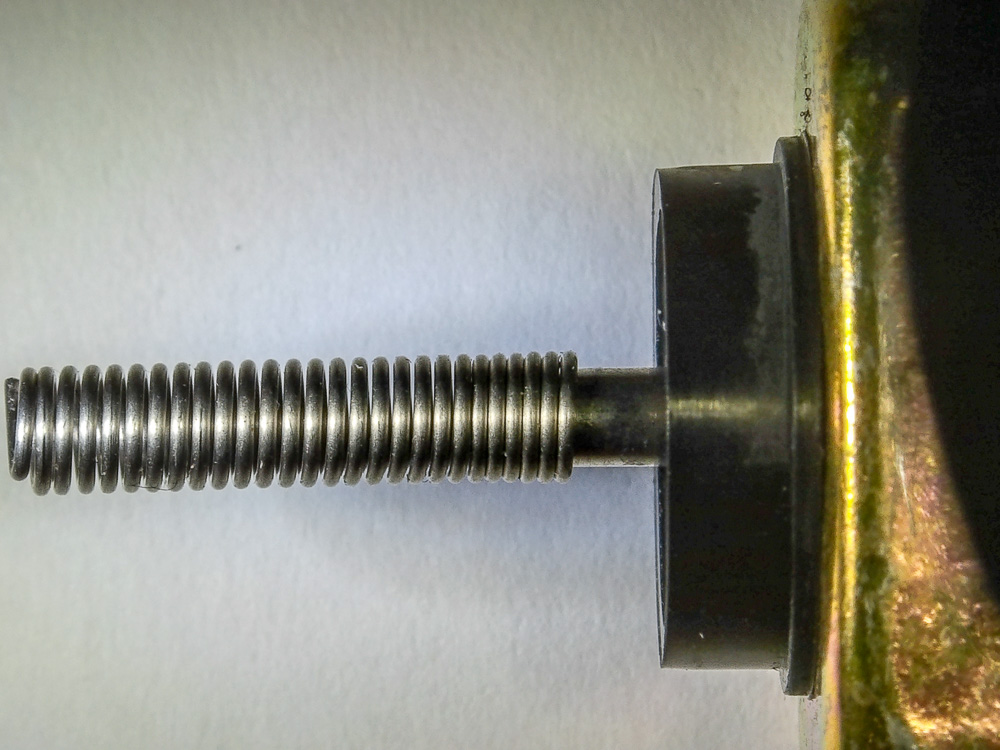
And NO, I cannot reveal the specifics of the new motor out of respect of the person who helped me find it and how scarce and almost impossible to find are!
Comments